In the realm of contemporary business evolution, the concept of legacy software modernization emerges as a transformative strategy crucial for enterprises. The ever-evolving market demands businesses to keep pace with technological advancements. The legacy software that once powered organizations now faces challenges due to its rigidity and inefficiency. Embracing the necessity for adaptation and innovation, companies are turning towards modernization solutions. This pursuit of revamping and modernizing legacy systems is not merely a trend but a strategic imperative in staying competitive and relevant in today’s dynamic business environment.
Understanding Legacy Mainframe Systems
Mainframe systems, the stalwarts of historical computing infrastructures, have long been the backbone of enterprise operations. These robust machines were the vanguards of computing during the early stages of technological advancement. They earned their significance by managing colossal volumes of data, performing complex computations, and ensuring unwavering reliability. Mainframes powered critical applications across various sectors, from finance to government, owing to their unparalleled processing power and data-handling capabilities.
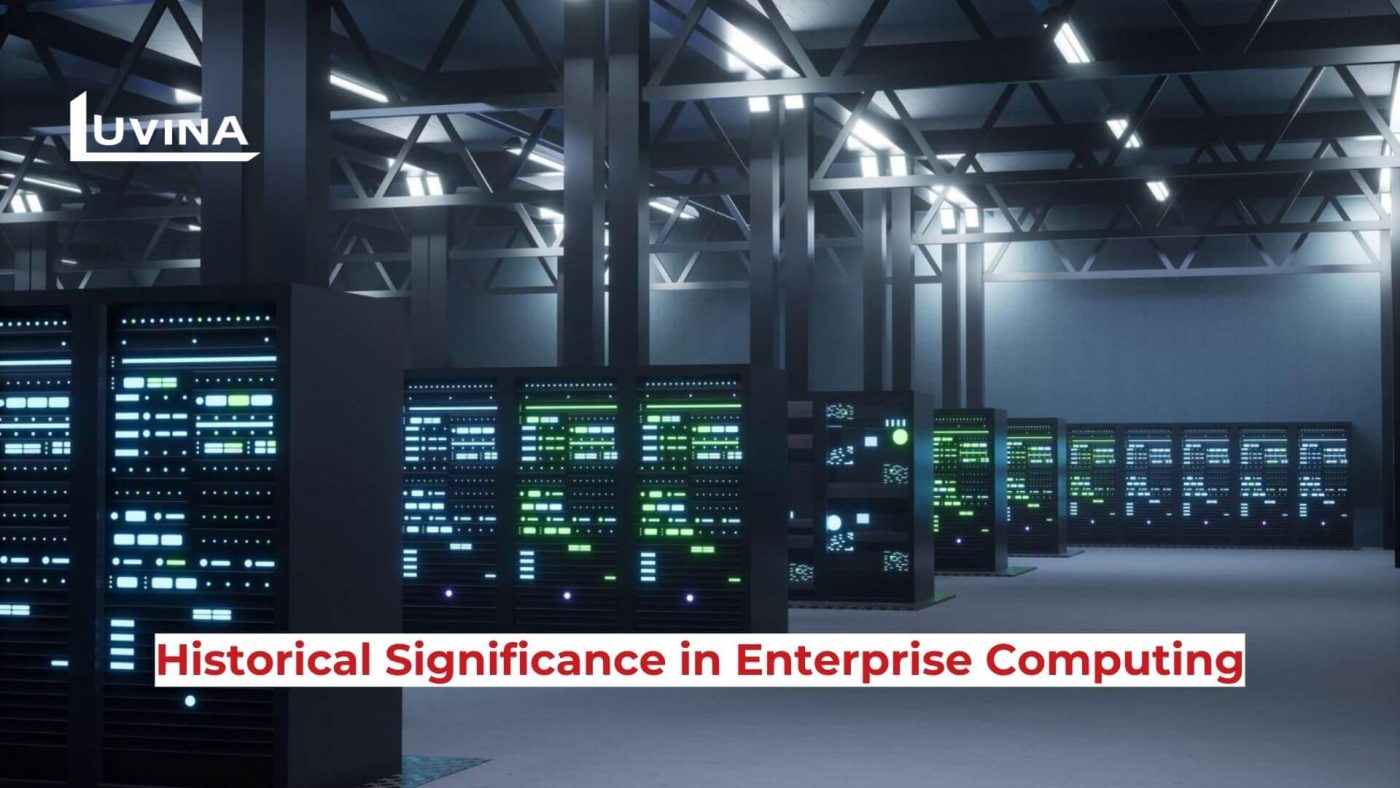
However, as technology evolved rapidly, these systems faced challenges, primarily concerning their adaptability to contemporary computing requirements, often becoming labeled as “legacy” systems in the wake of newer, more agile technologies. The process of legacy software modernization aims to revitalize and transform these aging systems to align with the dynamic needs and challenges of the modern digital landscape.
Legacy mainframes, while robust and reliable, grapple with challenges when adapting to the fast-paced demands of modern business. Their architecture and technology, though solid, often lack the agility required for today’s dynamic digital ecosystems. These systems face limitations in terms of scalability, interoperability with newer technologies, and the ability to swiftly integrate with cloud-based solutions.
Additionally, the shortage of skilled personnel adept at maintaining and enhancing these legacy systems poses a challenge. The cost of maintenance, coupled with the constraints in supporting contemporary software and user experiences, adds to the complexities and limitations of these legacy mainframes in meeting the evolving needs of businesses. This creates a pressing need for legacy software modernization to overcome these constraints and bridge the gap between traditional mainframes and the requirements of modern enterprises.
Importance of Modernization
Modernizing mainframe systems is crucial due to the pressing business imperatives demanding adaptability, scalability, and efficiency. Outdated mainframe infrastructures often struggle to keep up with the evolving technological landscape, posing risks to businesses.
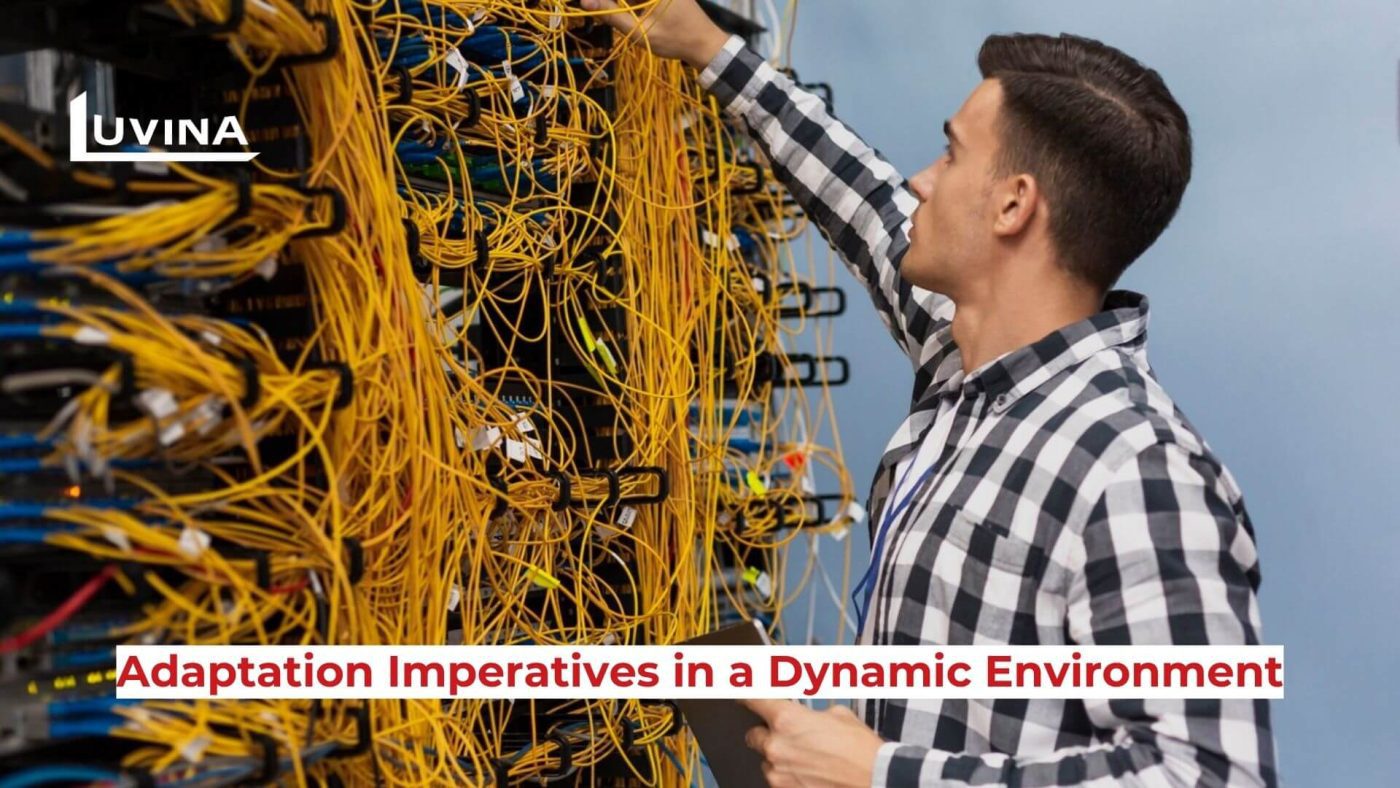
The inability to integrate seamlessly with modern solutions inhibits agility, hindering quick responses to market demands. Moreover, maintaining and supporting legacy systems incurs high costs and faces a shortage of skilled personnel. These challenges not only impede innovation but also increase the risk of system vulnerabilities and security threats. Modernization of legacy software addresses these risks by enhancing system agility, scalability, and security while aligning with contemporary business requirements.
Key Strategies for Mainframe Modernization
In the quest for modernization, several pivotal strategies cater to the specific needs and complexities of legacy mainframe systems, offering pathways to bring them up to speed with modern requirements.
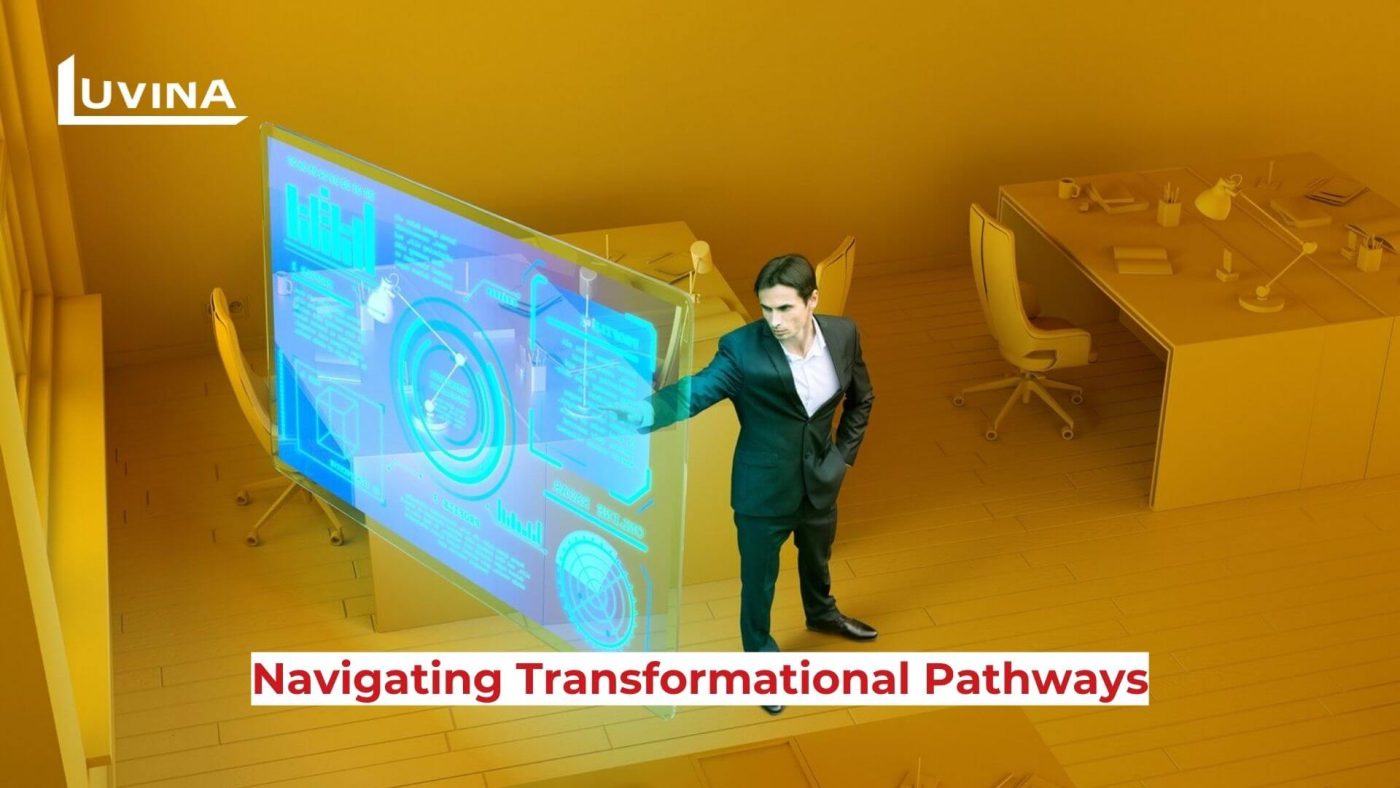
1. Rehosting
Rehosting involves migrating mainframe applications to modern platforms while retaining their existing code and functionality. It typically focuses on moving applications as-is without significant changes to the codebase.
This approach offers several benefits, including reduced operational costs, increased flexibility, and improved scalability due to the utilization of more contemporary infrastructures.
2. Replatforming
Replatforming, on the other hand, involves moving legacy mainframe applications onto modern infrastructure or platforms while adjusting components or configurations to fit the new environment better.
Some highlight techniques and tools used in re-platforming strategies, such as emulation or conversion methods, to ensure seamless transitions and optimize applications for the new environment.
3. Refactoring
Refactoring entails the process of restructuring existing mainframe applications by making internal improvements to enhance their efficiency, maintainability, and scalability without altering their external behavior.
There are various strategies for refactoring, including code optimization, re-architecting, and incorporating modern design patterns, to optimize applications for modern environments while preserving their core functionalities.
>> See more: A Comprehensive Guide to Types of Cloud Migration
Innovative Solutions and Technologies
In the pursuit of modernizing legacy mainframe systems, various innovative solutions and state-of-the-art technologies play a pivotal role in reshaping and revitalizing these infrastructures.
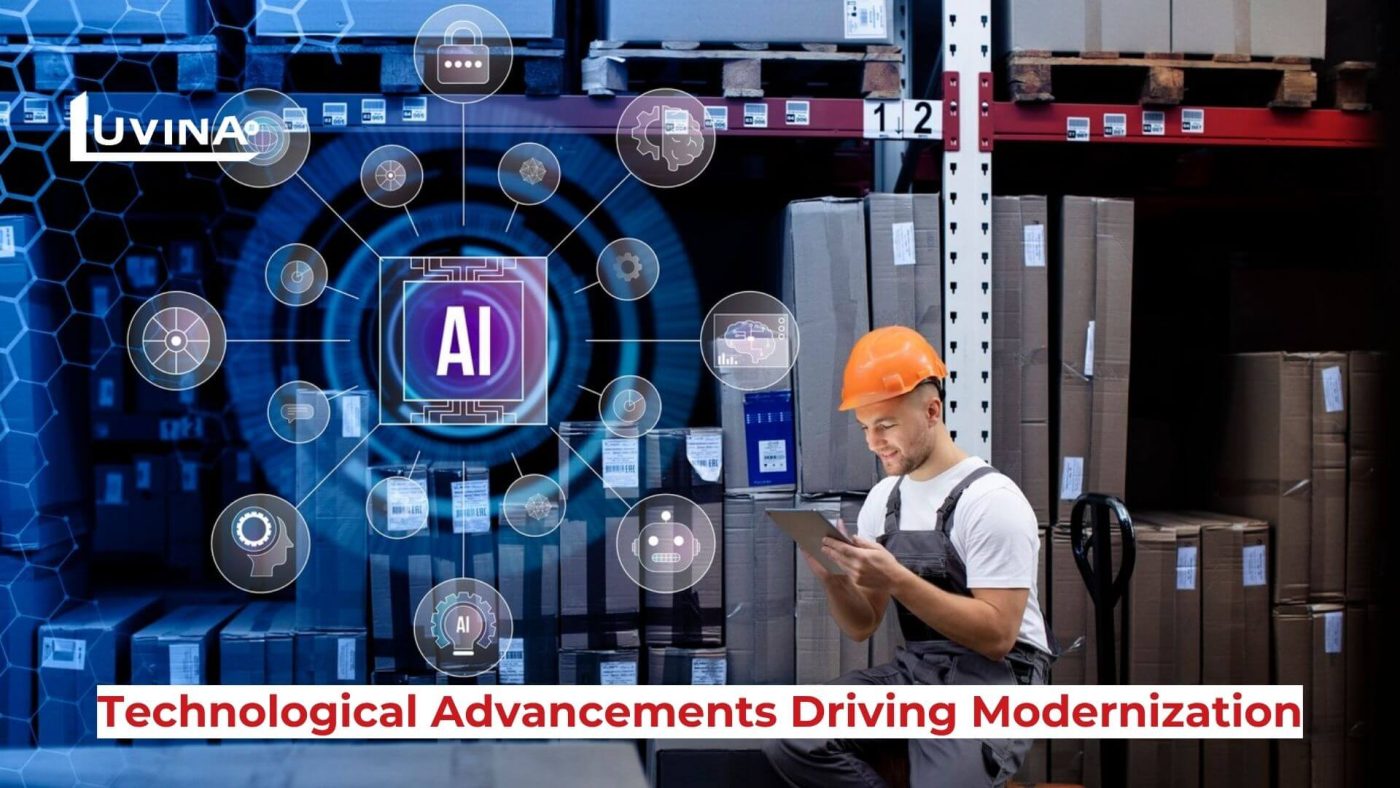
1. Cloud Computing Integration
Integrating mainframe systems with cloud computing offers numerous advantages for legacy infrastructures. It enables scalability, agility, and cost-effectiveness by allowing systems to dynamically adjust resources as needed. The cloud’s pay-as-you-go model optimizes costs, granting access to modern tools and services. Enhanced security, disaster recovery, and global accessibility further augment the benefits, empowering legacy systems with modern capabilities. This integration marks a significant transformation, making legacy infrastructures adaptable, scalable, and cost-efficient.
2. Microservices Architecture
Delving into the implementation of microservices architecture within legacy systems brings forth the transformative role it plays. By dismantling monolithic structures, it enhances flexibility and fosters agile development practices.
3. Containerization and Kubernetes
Containerization and orchestration tools such as Kubernetes play a pivotal role in modernizing legacy applications. Through containerization, applications are encapsulated, ensuring enhanced portability and facilitating seamless deployment across diverse environments. These tools notably contribute to the overall modernization process.
4. AI and Machine Learning IntegrationIntegrating
AI and machine learning in the modernization of mainframe systems significantly enhances functionality. These technologies bolster predictive maintenance, streamline operations, and augment decision-making capabilities, contributing substantially to system modernization efforts.
5. API Integration and Modern Interfaces
Improving interoperability through API integration and modern interfaces plays a pivotal role in modernizing legacy mainframes. These solutions enable seamless connectivity, enhance interoperability, and foster interaction between legacy mainframes and modern systems or applications, ensuring a more cohesive and integrated technological landscape.
These innovative solutions and technologies represent the forefront of mainframe modernization efforts, paving the way for legacy systems to adapt, evolve, and thrive in contemporary business landscapes.
>> See more: 5 Steps for Legacy Application Migration Mastery
Addressing Challenges in Mainframe Modernization
Some common challenges encountered during the mainframe modernization process include:
1. Legacy System Complexity: Legacy systems often have intricate architectures and interdependencies that make the modernization process complex.
2. Data Migration Concerns: The transition from legacy systems to modern platforms involves moving massive volumes of data, which can pose challenges in terms of data integrity, security, and compatibility.
3. Integration Issues: Integrating modern technologies with existing legacy systems while ensuring smooth interoperability can be challenging.
4. Risk of Disruption: There’s a risk of business disruptions during the transition phase, potentially impacting operations and service delivery.
5. Skills Gap: The availability of skilled professionals adept in both legacy and modern technologies might pose a challenge during the modernization process.
6. Budgetary and Time Constraints: Meeting modernization goals within set timeframes and budget constraints can be demanding.
Each of these challenges requires careful planning, strategic approaches, and precise execution to successfully navigate the process of modernizing mainframe systems.
To mitigate risks and ensure a smooth transition during mainframe modernization, consider the following strategies and best practices:
– Comprehensive Planning: Develop a detailed plan that includes comprehensive analysis, risk assessment, and a phased approach to modernization. Identify dependencies, prioritize functionalities, and set clear goals.
– Engage Stakeholders: Involve key stakeholders, including IT teams, business users, and decision-makers, to gather insights, align goals, and ensure collective ownership and support for the modernization initiative.
– Testing and Validation: Implement robust testing methodologies to verify the functionality, compatibility, and performance of migrated systems. Conduct extensive testing at each phase to identify and rectify issues promptly.
– Incremental Approach: Consider adopting an incremental approach to modernization. Break down the modernization process into manageable phases, allowing for gradual updates and improvements, minimizing disruption to business operations.
– Data Security and Compliance: Prioritize data security and compliance throughout the modernization process. Implement security measures to protect sensitive data during migration and ensure compliance with industry regulations.
– Training and Skill Development: Invest in training programs to equip the team with the necessary skills and knowledge required for managing both legacy and modern technologies. Encourage continuous learning and skill enhancement.
– Backup and Rollback Plans: Develop contingency plans, including backup strategies and rollback procedures, in case of unforeseen issues or system failures during the transition.
– Documentation and Knowledge Sharing: Maintain comprehensive documentation of the modernization process, system configurations, and post-migration best practices. Facilitate knowledge sharing within the team to ensure smooth operations post-transition.
Continuous Monitoring and Support: Implement robust monitoring mechanisms to track system performance post-migration. Provide adequate support and address any issues promptly to minimize disruption and ensure a seamless transition.
Adopting these strategies and best practices can significantly mitigate risks and facilitate a successful and efficient modernization process for legacy mainframe systems.
Benefits and Outcomes
1. Enhanced Agility and Flexibility
Modernized systems enable quicker adaptation to changing business needs, facilitating agility in responding to market demands and opportunities.
2. Cost Optimization
By migrating to modern platforms or leveraging cloud solutions, organizations can reduce operational costs, such as maintenance expenses associated with legacy systems.
3. Improved Performance and Scalability
Modernized systems typically exhibit improved performance metrics, scalability, and resource utilization, enabling them to handle increased workloads more efficiently.
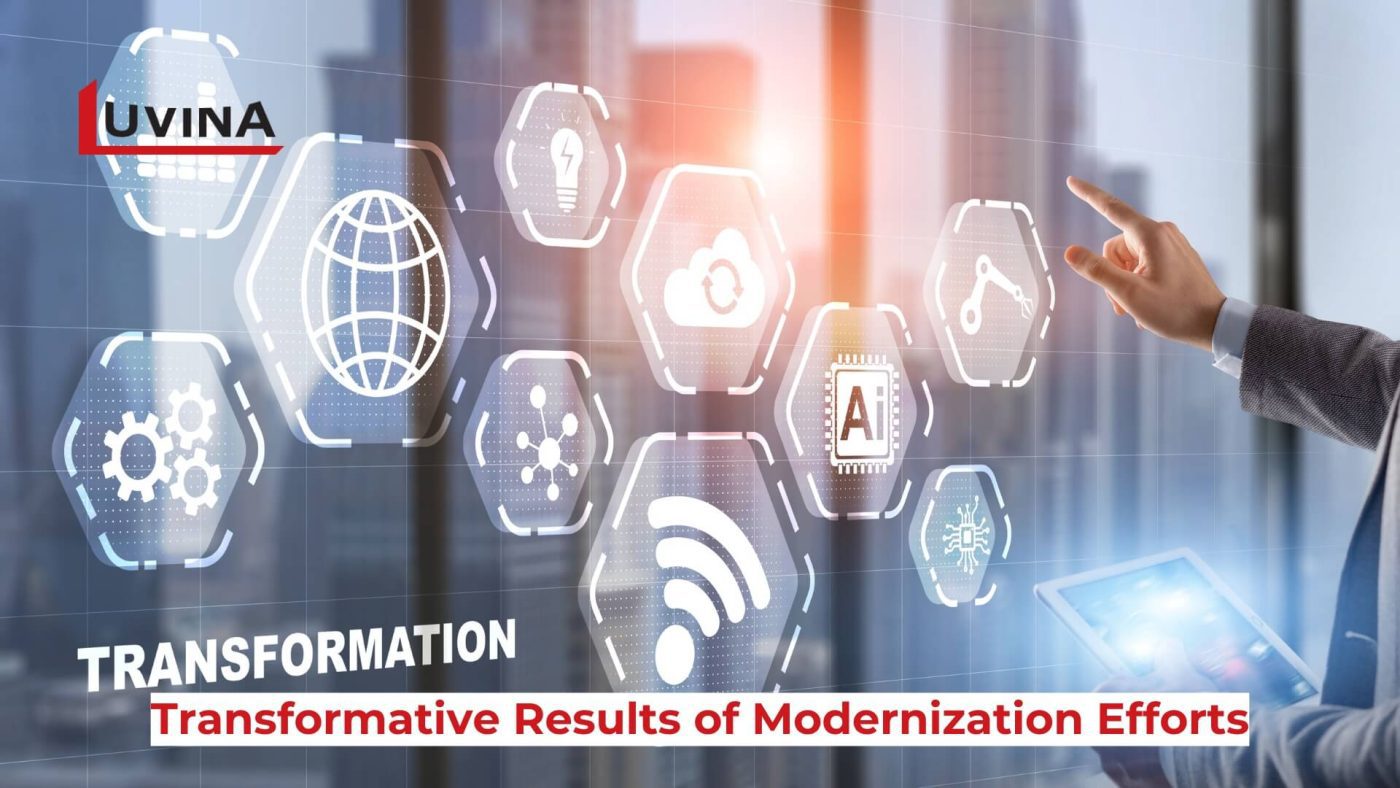
4. Enhanced User Experience
Updated interfaces and functionalities enhance user experience, resulting in higher satisfaction and increased productivity among end-users.
5. Interoperability and Integration
Modernized systems integrate better with other applications, technologies, and platforms, fostering improved interoperability and streamlined workflows.
6. Security and Compliance
Newer systems often come equipped with enhanced security features, aiding in safeguarding data and ensuring compliance with regulatory standards.
7. Innovation and Future-Readiness
Modernized systems provide a platform for innovation, allowing organizations to explore emerging technologies and stay competitive in a rapidly evolving digital landscape.
These outcomes collectively contribute to a more robust and adaptable IT infrastructure, positioning organizations for continued growth, innovation, and sustained competitiveness in the market.
Conclusion
In conclusion, modernizing legacy mainframe systems is imperative for businesses to stay competitive in today’s fast-paced digital landscape. Embracing innovative solutions and strategic approaches outlined in this guide ensures a seamless transition.
Contact Luvina to embark on your mainframe modernization journey and unlock the full potential of your enterprise.
Related Posts:









Read More From Us?
Sign up for our newsletter
Read More From Us?
Sign up for our newsletter